Did you know that there is a natural solution that can purify harmful substances from factory chimneys or waste pipes without using any chemicals or industrial products?
Today Causes that adversely affect human health Undoubtedly, environmental pollution is at the top of the list.
Urban sprawlFactors such as the effects of technologies entering our lives, unconscious society, rapid population growth, irresponsible operation of factories; It is one of the main causes of environmental pollution and we try to solve this environmental pollution from time to time by industrial means. Whereas cleaning mother nature again with mother nature’s children also possible. Today, we will discuss Phytoremediation with you.
Origin and meaning of the word phytoremediation
An example of Phytoremediation site
Phytoremediation The word is derived from the Latin word Phyto (Phytos), which means plant. fix or remove evil It has passed into our language from the word Phytormediation, which consists of the words Remedium, which means. to Turkish, herbal breeding systems We can translate as
Phytoremediation, in the most general terms Removal and destruction of polluted and hazardous wastes by using green plantsis
General logic and operation of phytoremediation
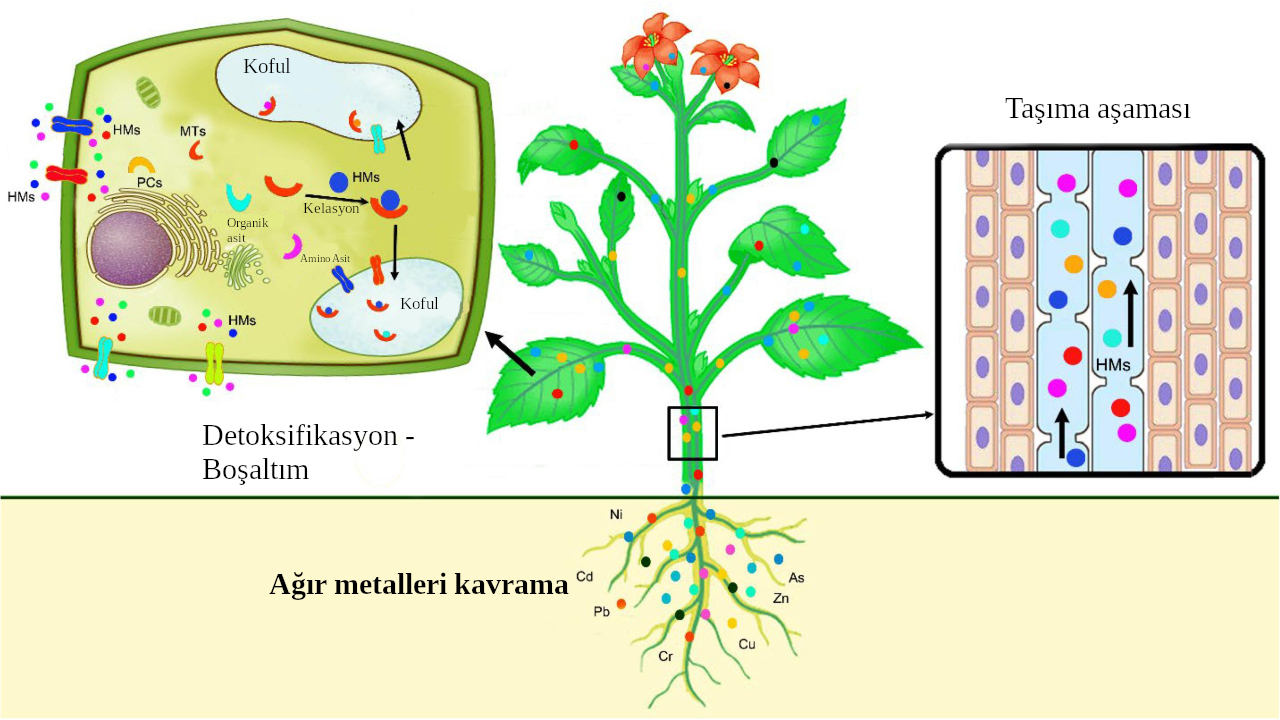
As you guessed in Phytoremediation clean up pollution especially in soil and water is targeted. Solid, liquid or radioactive wastes, which are defined as toxic and heavy metals in the soil, both pollute the environment and harm living things, including humans, and reduce the productivity of the soil.
Here are these harmful substances that mix with the soil, hyperaccumulator plants It is collected and destroyed by some plants, called the so-called , or it is released back to nature harmlessly.
Plant species used in phytoremediation
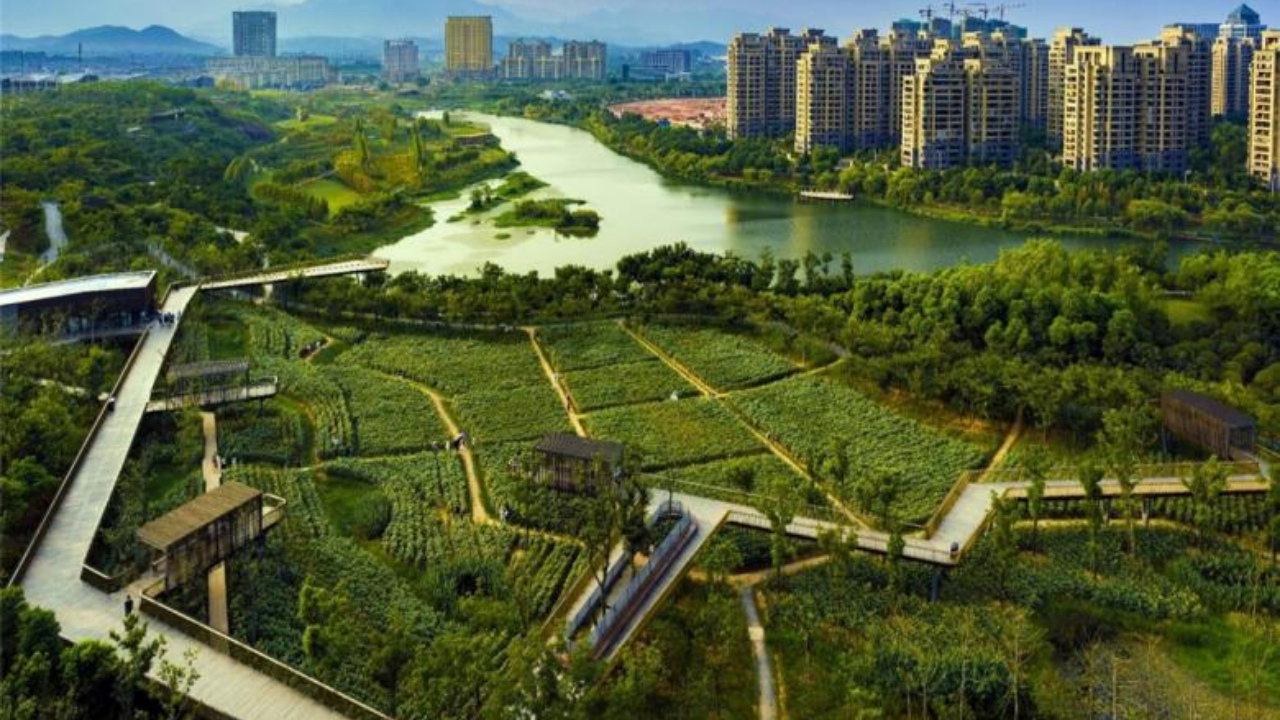
Quzhou Luming Park in China is one of the most popular Phytoremediation sites in the world and attracts a lot of tourists due to its aesthetic appeal.
Preferred in soil or water According to the type of phytoremediation and the type of harmful substance in the area The preferred plant species also changes, but still, many plants that we will be surprised to hear are included in this list.
Mustardred ball grass, dandelion (bitterwool, southern or snappy), sunflowermarigold (calendula), elephant ear, henna flower (shrine flower), ice flower (lunch flower), water hyacinthblack mulberry, fern, black willow, Poplarcypress (cypress), Indian grass (tick flower) and duckweed plants are the most frequently used and most successful plants in Phytoremediation.
Types and application areas of Phytoremediation
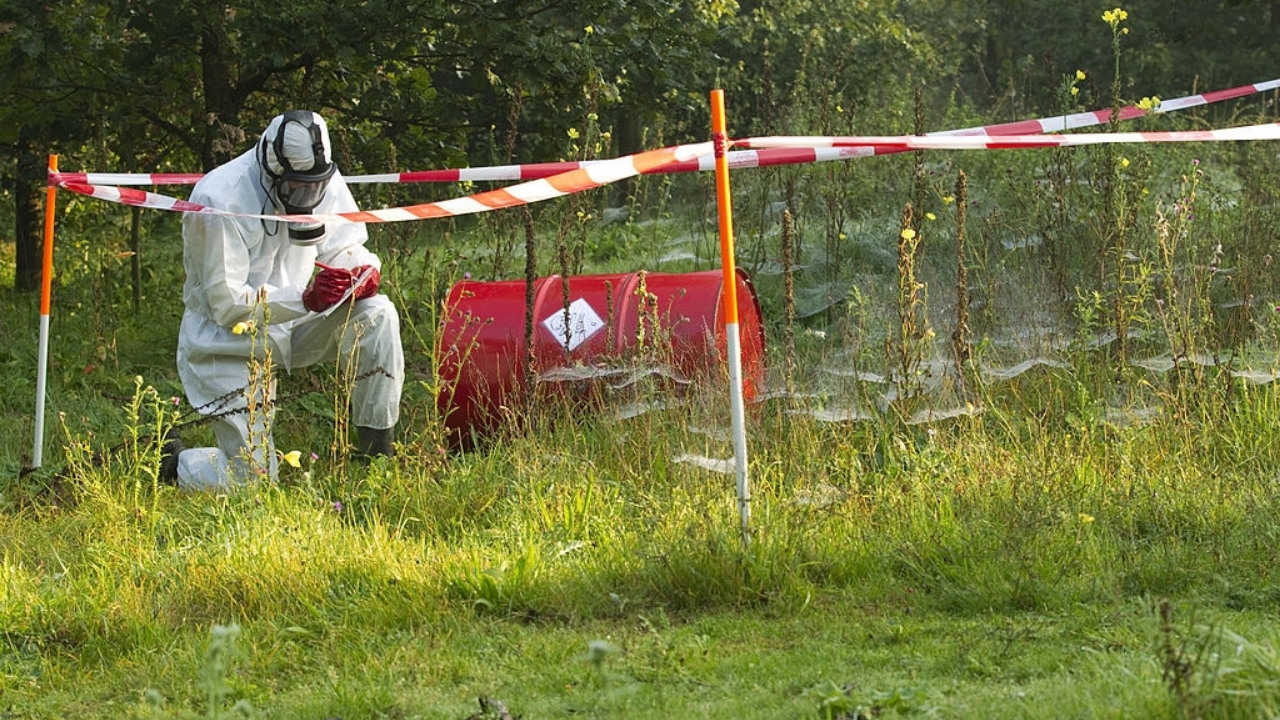
Phytoremediation has some different application methods in itself. E.g some plants only have roots when collecting harmful substances; some distribute harmful substances to their stems and leaves with their roots. While some plants completely destroy harmful substances; some plants release the harmful substance harmlessly into nature. While some plants do this treatment alone, some plants do this process alone. with soil microorganisms. it does.
All these Phytoremediation types have special names and methods, but for our curious followers, this information, which is advanced detail for us, can be found at the end of the content. resources You can access it by reading scientific articles.
Positive aspects of Phytoremediation
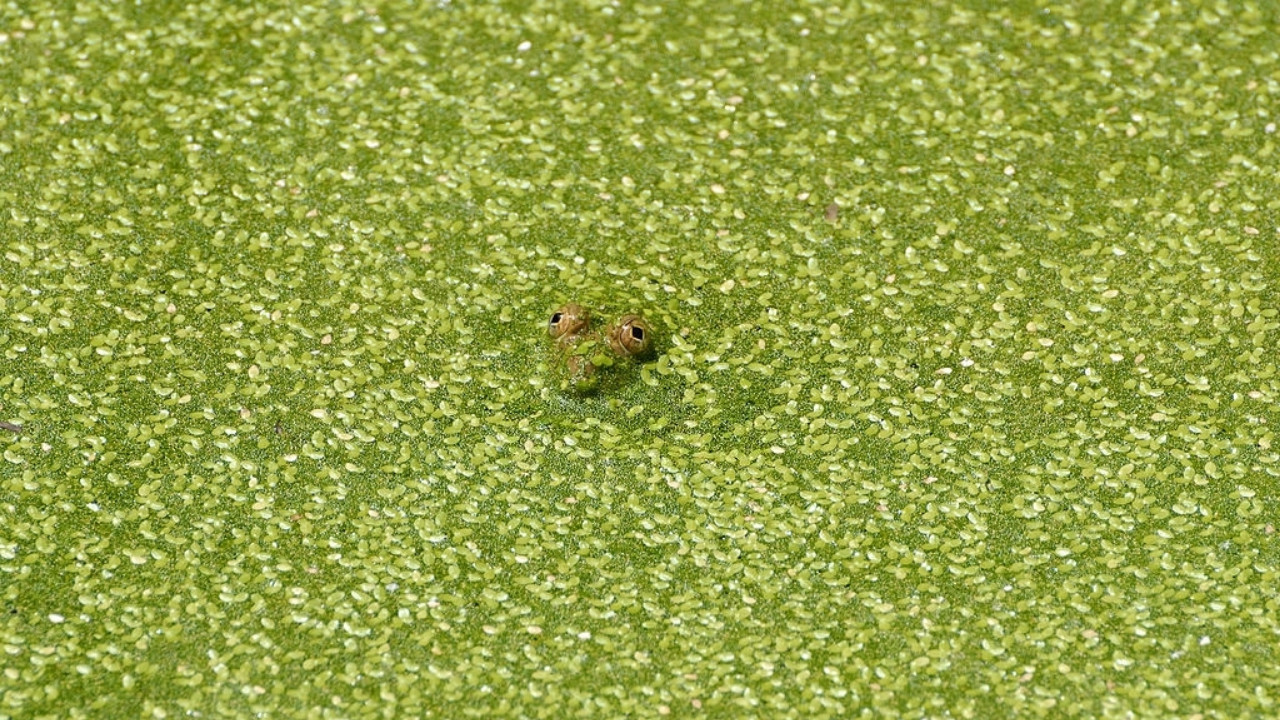
Duckweed and frog most closely following Phytoremediation
Primarily Phytoremediation where it functions as a purely organic purification For this reason, the environment never encounters a second pollution situation during this purification function. The treatment can be done on site and there is no need for a new area for waste dumping as in industrial treatment.
It is very easy to apply, we have no other problem other than choosing the right plant according to the soil and waste and planting it, and we should not forget that plants are more aesthetic than industrial treatment plants. Growing plants is aIt is much cheaper than establishing a treatment plant. We think that it is not necessary to add.
Even if you are in phytoremediation, you will have negative sides.
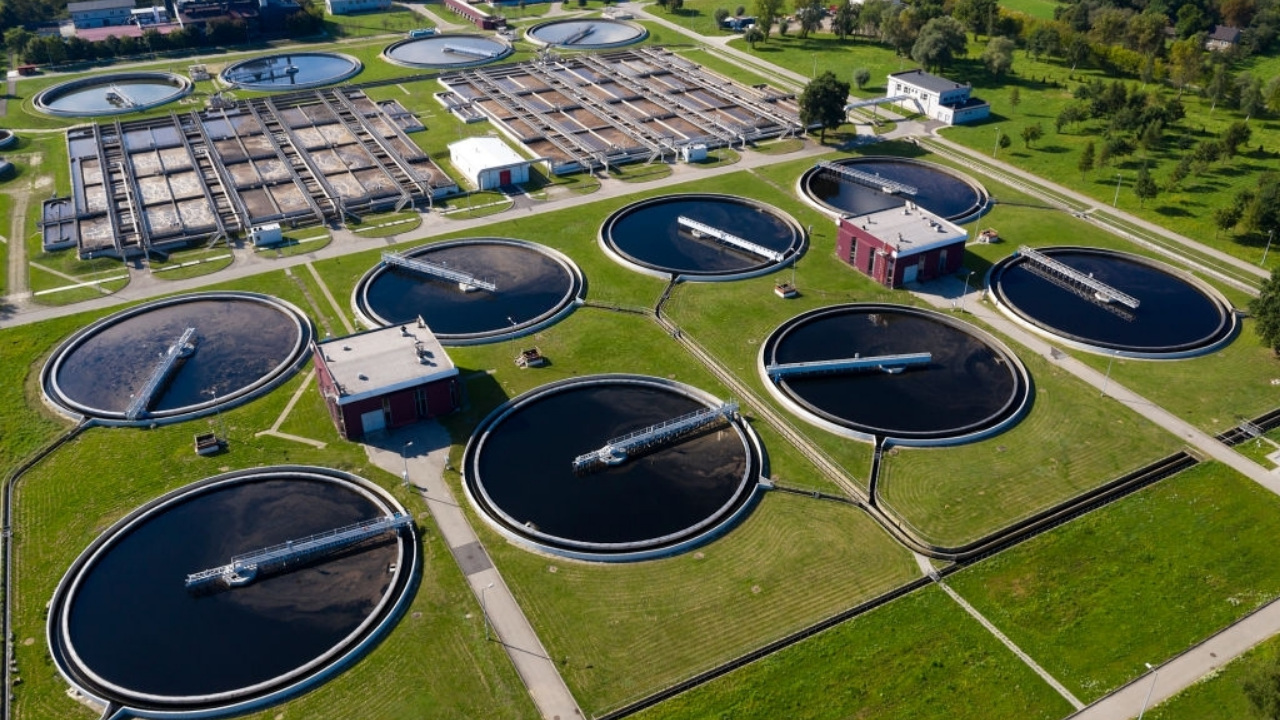
Like all good things, Phytoremediation does not have negative aspects. For example, the treatment process in the region, in Phytoremediation; Depending on the soil, plant and pollution, it is one of the other unnatural treatment methods. longer it can take.
If the leaves of plants that have accumulated heavy metals or harmful substances in their leaves and have not yet been destroyed, fall off in autumn, these harmful substances are removed by mixing the leaves with the soil. considered to be reintroduced.
Finally, if there are harmful substances in woody plants (such as poplar) that the plant has trapped but not yet destroyed, and some parts of this plant are burned in the stove as wood; most probably With the fumes from the stove, these dangerous substances are mixed with nature again. will be.
The secret hero of Chernobyl, Phytoremediation
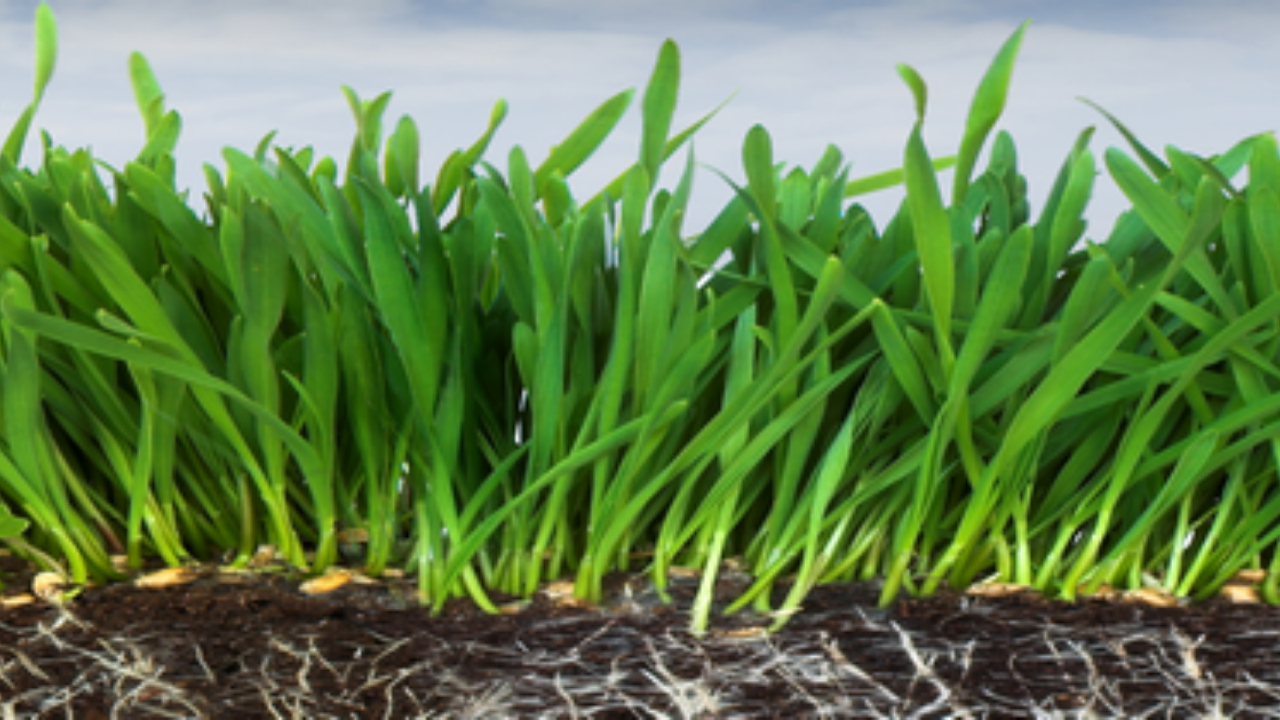
Phytoremediation, as you can imagine, has generally been in developed countries It is a purification method used, but there are researches by various universities that it can be used gradually in our country, and even scientific researches are carried out in some pilot districts.
Among the data obtained so far, the two most interesting information are; While most plants can accumulate 100 ppm of zinc; Average of phytoremediation plants 26 thousand ppm The fact that it can accumulate zinc and that after the disaster in Chernobyl Cesium 137 (Cs-137) We can list an important part of the radioactive material as the improvement of phytoremediation plants.
What about you before Phytoremediation method have you heard What are your thoughts on phytoremediation plants and this natural treatment method? You can share it with us in the comments.
Resources: 1 / 2 / 3 / 4 / 5 / 6 / 7 / 8 / 9 /
